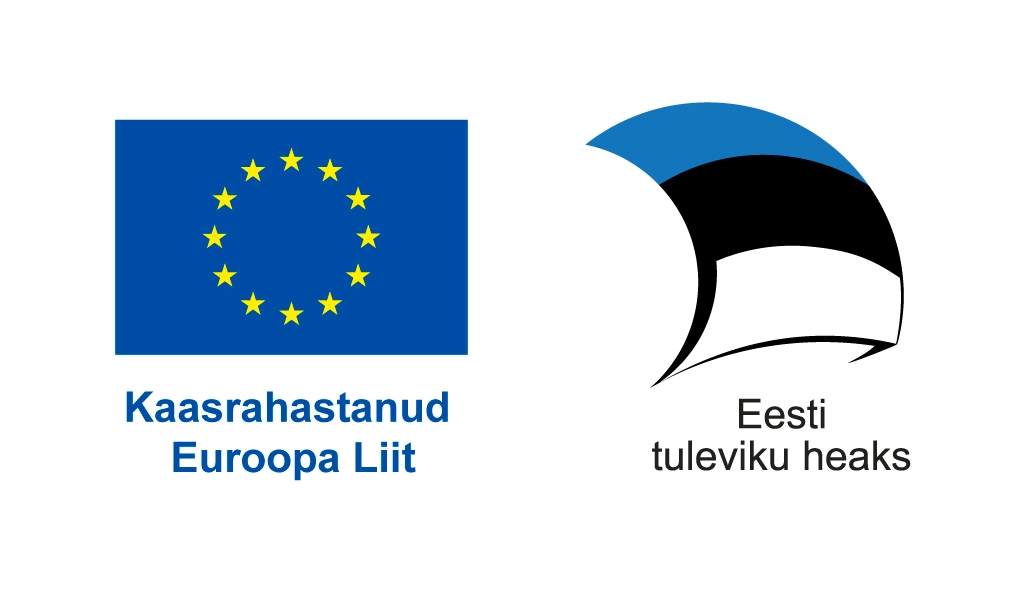It’s the busy gift-hunting season again, and health and fitness-related products are becoming increasingly popular. So, what should you give your loved one to help them improve their health?
In general, people want to live longer — and spend more of those years in good health, with less time being sick. When we look at the most common diseases, the focus should be on reducing the risk of heart disease, diabetes, and cancer. Fortunately, these diseases have been studied extensively, and up to 80% of cases are preventable (1).
But first, let’s emphasize that if you have any symptoms or concerns, the right thing to do is to visit your family doctor. Your family doctor is also the best person to discuss your (family) health risks with.
So, what kind of gift should you choose? A personal trainer or a physiotherapist? A nutrition plan or a nutritionist consultation? A comprehensive blood test package? Should you get your veins checked — or maybe book a massage? Does everyone need a smartwatch? Or perhaps continuous glucose monitoring, or genetic, microbiome, or metabolite testing?
Let’s take a step back and look at the bigger picture.
In 2023, the Estonian Health Insurance Fund (Tervisekassa) issued guidelines for monitoring the health of 40–65-year-olds and preventing disease. Researchers and healthcare professionals analyzed data from over a hundred scientific articles to identify which tests and services are the most cost-effective and provide the greatest value for keeping people healthy. Tervisekassa has also published a patient guide with recommendations for healthy lifestyles.
In summary, these guidelines highlight four key pillars of health behavior:
Healthy eating and maintaining a healthy weight
Avoiding tobacco and alcohol
Regular physical activity
Staying in contact with healthcare professionals and participating in screening programs (2,3)
Even though everyone knows they should live healthily — for example, exercise for 30 minutes a day — it’s often hard to turn theory into practice. Time slips away, and other obligations take priority. A healthy, motivating gift could be just the nudge someone needs to make a lifestyle change.
But choosing the right gift matters.
Take exercise as an example: the most important thing is to have a good opportunity to work out — such as running shoes or a gym membership. Once those are in place, an activity tracker might be helpful for some people who enjoy monitoring their data closely — though it’s not essential.
If someone wants to lose weight or maintain a healthy one, the biggest impact comes from improving nutrition. After that, increasing physical activity is the next key step (4).
For heart health, it’s important to eat a plant-rich diet with appropriate calorie intake every day. Favor plenty of fruits and vegetables, legumes, whole grains, healthy oils (e.g., nuts, olive oil, avocado), and nutritious protein sources (plant-based, fish, and seafood). Fill your plate with valuable plant-based foods and limit fats from dairy and meat. Avoid or reduce alcohol, salt, and sugar. Choose home-cooked meals over ready-made foods or semi-processed products — this helps reduce consumption of ultra-processed foods (5).
Gift idea: One of the most effective tools could be a consultation with a nutritionist.
A 2017 systematic review analyzed data from nearly 22,000 overweight individuals — half received nutritional counseling. Those who had counseling lost 3.4 kg more on average in one year compared to those who didn’t. Follow-up showed their overall mortality was 18% lower — a huge win (6)!
Adults should aim for at least 150 minutes of movement each week. Both aerobic training (running, skiing, dancing, etc.) and strength training (e.g., gym or pilates) are important. Office workers should use a standing desk or take frequent movement breaks (3).
Gift idea: There are plenty of training-related gifts — gym memberships, swimming pool or group class passes. For those who prefer home workouts, a virtual fitness platform could be ideal. If joint pain is a barrier, a physiotherapist can help find personalized solutions — start by visiting your family doctor. One of the simplest ways to move more is to replace car rides with walking, cycling, or public transport — so a bicycle could make a great gift.
How much someone consumes alcohol or tobacco is a deeply personal choice — but to make informed decisions, it’s good to know what modern science says about their health effects.
Today, scientists are essentially unanimous: alcohol and tobacco are harmful in any amount — the less, the better (and best is none at all). Both increase the risk of heart attack, stroke, and cancer (7,8).
Gift idea: If your loved one is trying to reduce harmful substances, support them! Spend time together, stay in touch, and create opportunities to socialize without alcohol or smoking.
If they’re ready, booking an appointment with a smoking cessation counselor can be very helpful.
Gift shared experiences that don’t revolve around consumption — board games, museum visits, coffee outings, movie nights, hikes, skating, or other physical activities.
There are many exciting alcohol-free beverages to explore in restaurants and shops — you could give a carefully selected set as a gift!
There are many beneficial actions here that help prevent diseases.
First, take care of blood pressure. High blood pressure significantly increases the risk of heart attack and stroke, even if you don’t feel any symptoms. It’s important to limit salt intake throughout life, measure blood pressure at least once every 10 years (or more often if needed), and take prescribed medication exactly as your doctor advises (2,3).
Discuss your blood pressure regularly with your family or occupational doctor to systematically assess and prevent heart attack risk.
Participating in national screening programs is also crucial, as cancer can develop even in people with very healthy lifestyles. In Estonia, people aged 60–68 are invited to bowel cancer screening; women are also invited to breast and cervical cancer screenings.
Studies show that women who participate in breast cancer screening have a 20% lower risk of dying from it (9). Unfortunately, only about half of Estonians take part — partly because they never get around to booking an appointment (10).
Vaccines can also help prevent several health issues. During the winter season, flu and COVID vaccines (if indicated) can protect your health. Additionally, the shingles vaccine is recommended for people aged 50 and over. There are more options — some free, some paid — learn more from the national vaccination program.
Gift idea:
We’re fortunate to live in a country where most Health Insurance Fund services are free or inexpensive. The only requirement is to show up.
We can gift our loved ones encouragement and emotional support to help them attend screenings or medical appointments.
One way to “gift health” is by helping or surprising a loved one with a pre-booked screening appointment.
We can also remind them when it’s vaccination time, take over some daily tasks so they have time for medical visits, or talk about the importance of blood pressure monitoring.
That was quite a bit of information! We hope you found some useful inspiration for meaningful, health-promoting holiday gifts. Thank you for taking care of yourself and your loved ones!
The article was reviewed by Lyfery medical consultant Dr. Kristiina Paju and Dr. Taavi Tillmann, Associate Professor of Public Health at the University of Tartu and Lyfery’s Lead Researcher.

Lyfery pakub sulle personaalset ja sinu tervisekäitumisest sõltuvat elukindlustuse lahendust. Skandinaavia pangad seda endale lubada ei saa.

The project “Technological development, testing, and demonstration of components of a healthy lifestyle scoring model” has received €34,580 in development grant support.
As part of the project, a model was developed to assess healthy lifestyle habits, enabling the cost-effective offering of life insurance that supports healthier living. The goal is to create a scalable, health-promoting product that can be expanded across Europe.
As a result of the project, the Lyfery app now measures lifestyle-related mortality risk on an individual customer basis.